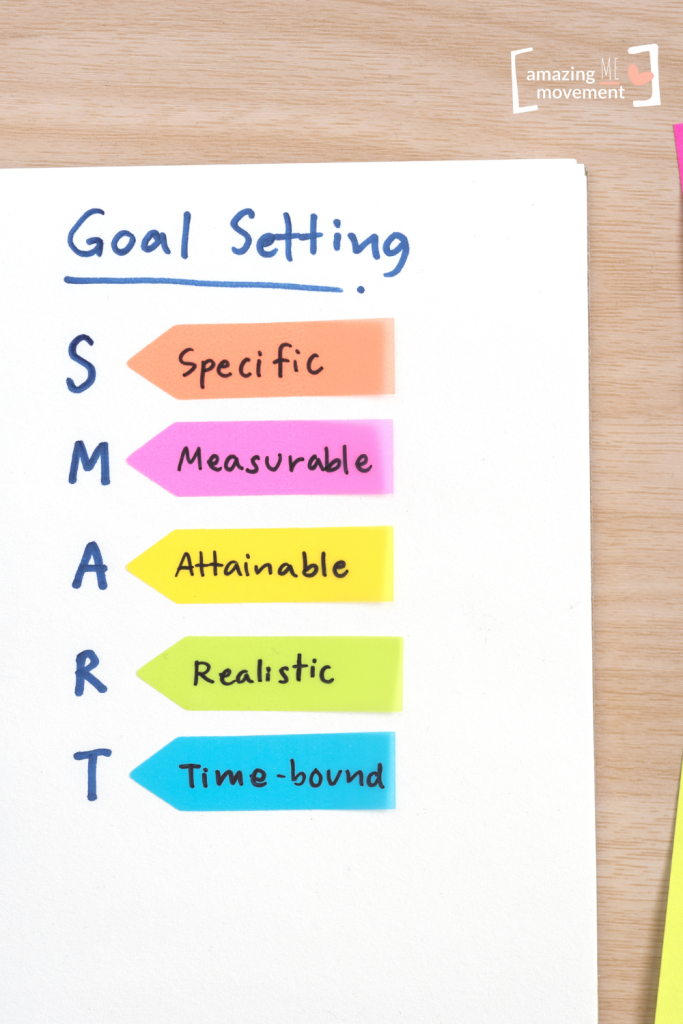Every January, millions of women across the globe embark on a familiar ritual: jotting down New Year’s resolutions. From pledges to eat healthier and exercise more to promises of reading more books or starting that long-delayed project, the new year brings a wave of optimism and determination. But here’s a sobering statistic—research shows that while about 40% of people make New Year’s resolutions, only 9% feel they achieve them by year’s end.
Why, then, do so many of us start the year brimming with hope, only to watch our aspirations fade by February? The answer lies in the psychology of goal-setting and human behavior.
New Year’s resolutions aren’t just a list of goals; they’re a testament to our desire for self-improvement. The dawn of a new year feels like a clean slate, a psychological reset button offering an opportunity to leave behind the struggles of the past and focus on a better version of ourselves. This hope is deeply ingrained in human nature, driven by our intrinsic need to grow and improve.
Yet, despite this excitement, the reality of sticking to resolutions often proves challenging. This raises an important question: Why do some resolutions stick while others fail? Understanding the science behind goal-setting and the common pitfalls can help us craft resolutions that stand the test of time.

The Science Behind Resolutions
Understanding the science behind resolutions reveals how our brains, motivation, and habits influence the success or failure of our goals.
The Brain and Goal Setting
When it comes to setting and achieving goals, your brain is your greatest ally—or sometimes, your biggest challenge. At the heart of motivation is dopamine, a neurotransmitter often referred to as the brain’s “reward chemical.” Dopamine is released when we anticipate achieving something, creating feelings of excitement and pleasure that push us to take action. For instance, the mere thought of fitting into that dream dress or acing a new skill triggers a dopamine boost, making us eager to get started.
However, the brain approaches short- and long-term goals differently. Short-term goals, like drinking more water today or going for a walk, align with our brain’s natural preference for immediate rewards. These goals are easier to achieve because the results are tangible and prompt a quick dopamine release. On the other hand, long-term goals, such as losing 20 pounds or mastering a language, require sustained effort and delayed gratification. The brain finds these goals less motivating because the rewards seem distant and abstract.
This is where the challenge arises. Without a structured plan to break long-term aspirations into manageable short-term actions, the brain struggles to stay engaged. To make resolutions stick, it’s crucial to “trick” your brain into perceiving progress by celebrating smaller milestones along the way.

Studies on Success and Failure
Studies consistently show that most resolutions don’t last beyond a few months. Research by the University of Scranton found that while 77% of people stick to their resolutions during the first week of January, that number drops to 40% after six months. By the end of the year, fewer than 10% of individuals report feeling successful in achieving their goals.
Why is this the case? A wealth of psychological studies provides some answers:
Intrinsic vs. Extrinsic Motivation
Goals motivated by internal desires (e.g., wanting to feel healthier) are far more likely to succeed than those driven by external pressures (e.g., societal expectations or a desire to impress others). When resolutions align with personal values and passions, they create a sense of purpose, making it easier to persevere.
The Role of Habits
Psychologists like Dr. Wendy Wood emphasize that resolutions fail when they rely solely on willpower. Instead, success lies in forming habits. A resolution to “exercise more” is too vague to be actionable, but committing to a specific habit—such as attending a yoga class every Monday—helps integrate the behavior into daily life.
Common Pitfalls
- Vague Goals: Resolutions like “be happier” or “save money” lack clarity, making it hard to measure progress.
- Unrealistic Expectations: Setting unattainable goals, like losing 30 pounds in a month, sets people up for failure and discouragement.
- Overloading Resolutions: Juggling too many goals at once divides focus and makes it harder to achieve any of them.
Understanding these factors provides valuable insight into why so many resolutions falter. By addressing these psychological barriers, we can create resolutions that are not only inspiring but also sustainable.

Why Resolutions Fail
Lack of Specificity
One of the most common reasons resolutions fail is their vagueness. Goals like “lose weight” or “be healthier” lack clear direction, making it difficult to measure progress or know where to start. Additionally, attempting too many resolutions at once can lead to cognitive overload, diluting focus, and reducing the likelihood of success.
Unrealistic Expectations
Setting overly ambitious goals or expecting instant results often leads to disappointment. This is tied to the “false hope syndrome,” where people overestimate their ability to make rapid, significant changes. When perfection becomes the standard, even small setbacks can feel like failure, prompting many to abandon their goals altogether.
Lack of Support and Accountability
Resolutions thrive in the presence of a supportive network. Without the encouragement of community, family, or friends, it’s easy to lose motivation. Accountability partners or social groups can help reinforce commitment and provide a sense of shared purpose, increasing the chances of long-term success.

How to Make Resolutions Stick
To turn resolutions into lasting change, it’s essential to approach them strategically and build a system that supports consistency and motivation.
A. Set SMART Goals
The SMART framework ensures goals are Specific, Measurable, Achievable, Relevant, and Time-bound. For example, instead of saying, “I want to exercise more,” a SMART goal would be, “I will attend a yoga class every Monday and Wednesday for 30 minutes.” Women focusing on self-care might set a goal like, “Spend 10 minutes each evening journaling for the next month.” Clear goals eliminate ambiguity and make tracking progress easier.
B. Create Habits, Not Just Goals
Sustainable success comes from building habits. Instead of aiming for big leaps, focus on micro-habits—small, consistent actions that compound over time. For instance, if your goal is to drink more water, start by adding one glass to your daily routine. These tiny, actionable steps are easier to maintain and gradually lead to lasting changes.
C. Leverage Positive Psychology
Celebrating small wins boosts morale and reinforces the habit loop. For example, treat yourself to a favorite activity after a week of sticking to your resolution. Visualization techniques, such as imagining the outcome of achieving your goal, and daily affirmations like “I am capable of positive change,” can help keep you motivated and focused on the bigger picture.
D. Build a Support System
A strong support network can significantly enhance success. Join communities, like fitness groups or book clubs, or use apps like Habitica to gamify your progress. You can also keep a resolution journal to track milestones and reflect on challenges. Sharing your journey with accountability partners or friends adds an element of motivation and ensures you stay on track.

Conclusion
New Year’s resolutions are more than just annual traditions—they’re opportunities for growth, self-discovery, and change. By understanding the science behind goal-setting, avoiding common pitfalls, and applying strategies like SMART goals, habit-building, and leveraging positive psychology, you can turn your resolutions into lasting achievements.
Remember, the journey to self-improvement is not about perfection but progress. Approach your resolutions with a mindset of growth and self-compassion, celebrating every step forward, no matter how small.
So, why wait? Take the first step today—revisit your list, refine your goals, or share your journey with someone who can cheer you on. Together, let’s make this year one of intention, success, and joy.
Looking for more tips and laughs? Check out our other articles and keep the good vibes going!
10 Morning Routines to Empower Every Woman’s Day!
20 Morning Workout Quotes: Motivation To Move Your Body
8 Fun Ways to Move Your Body and Boost Your Mood Today
- 10 Ways to Overcome Procrastination and Get Things Done – 03/03/2025
- How to Overcome Imposter Syndrome and Thrive – 27/02/2025
- 10 Time Management Hacks You’ll Wish You Knew Sooner – 27/02/2025









Leave a Reply